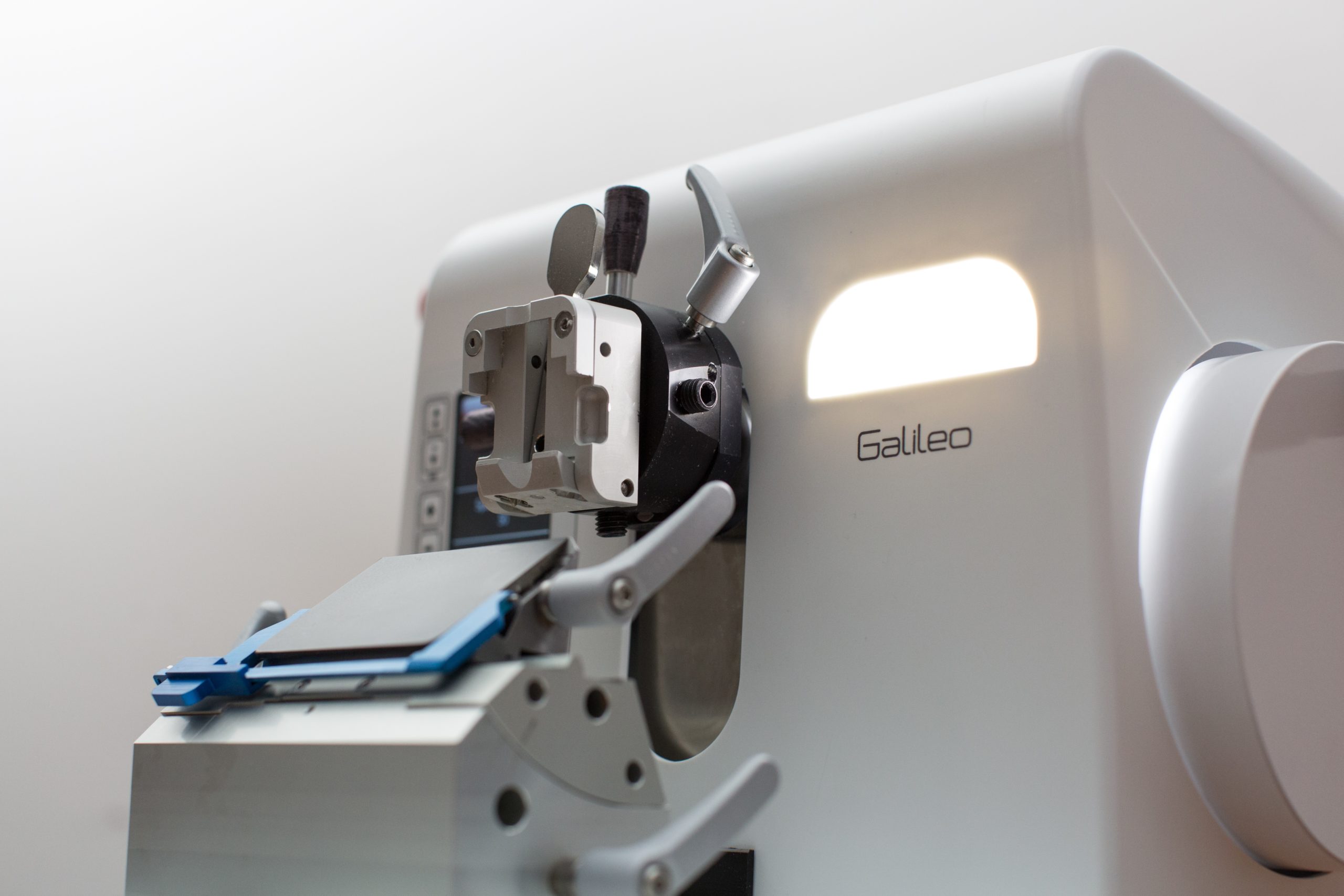
Anatomical basis of retrograde thoracic veins flow and its implications in complex thoracic wall reconstructive surgery
DESCRIPTION
Abstract
Purpose: Internal thoracic veins are increasingly used as recipient’s vessels in chest wall reconstructive surgery due to their predictable anatomy and to the possibility to make a double venous anastomosis, exploiting the retrograde flow within them. Over the years, retrograde flow had been explained by the absence of valves in internal thoracic veins, which have been found recently instead. Therefore, our aim is to analyze the retrograde flow and its relationship with valves in the internal thoracic veins.
Methods: We evaluated 32 internal thoracic veins of 16 fresh-frozen specimens with undamaged thoracic cages by dynamic analysis focused on retrograde flow assessment through a partial external circulation system obtained cannulating the subclavian veins. Gross anatomical and morphological evaluations about the presence of valves and their pattern were then made.
Results: Efficient, partial, and absent retrograde flow was, respectively, found in 17/30, 8/30 and ITVs and 5/30 internal thoracic veins. Following Arnez’s classification, 20/32 Type I and 12/32 Type II internal thoracic veins were identified. Valves were observed in 10/16 specimens (62.50%) corresponding to 36.67% of examined veins (11/30). Three valves were found between the 2nd intercostal space and 12 valves in the 3rd intercostal space. 13/15 valves were bicuspid, 2/15 tricuspid. A significant correlation (p < 0.001) between the retrograde flow and the presence of valves in internal thoracic veins was observed.
Consclusions: Our study suggests a possible influence of the presence and the number of valves in the efficient retrograde flow of the internal thoracic veins, suggesting that, especially for more complex cases, a preoperative or intraoperative evaluation of the chest wall drainage should be recommended.